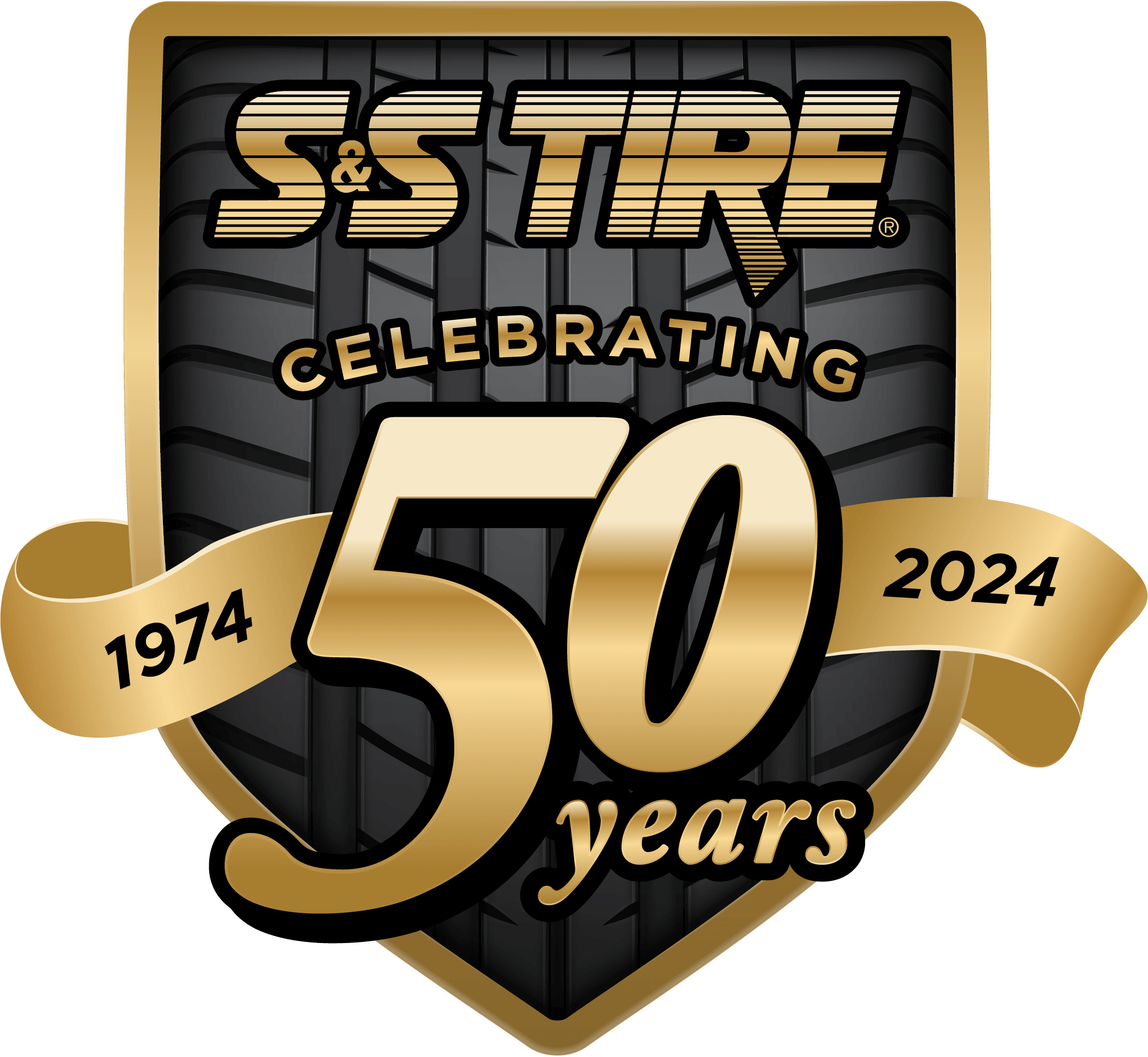 DearTracy,
DearTracy,
As the new year approaches, I am coming up with a budget for the major purchases I will need to make. I have had my car awhile, and I think it may be due for a new set of tires in 2014. Is there a certain point at which new tires should be purchased, or are there signs to watch for that will tell me when I need to replace them?
Lisa A.
Dear Lisa,
Tires are a significant investment, and it makes sense to plan ahead for the purchase. Now, as to how soon you need to make that purchase – the best way to decide is to let your tires tell you.
Here are four basic things to look for in evaluating the condition of your tires. Any of these signs will mean that it is time to start shopping and get those old tires replaced:
Look at the tread depth. There should never been less than 1/16 of an inch of tread on your tires. How much is a 1/16 of an inch? The easy way to tell is with the penny test. Take your penny and insert it into the tread with Abe’s head facing toward the tire. If you can see his entire head, that means you do not have enough tread left on your tires to be safe.
Look at the tread wear indicator bars. Newer tire models have tread wear indicator bars, which are designed to help you know when to replace your tires. These bars are mostly invisible when the tires are new and have plenty of tread. As the tire tread wears down, they gradually become visible as flat rubber bars running perpendicular to the direction of the tread. When you see these bars, it is time for new tires.
Check for cracks in the sidewalls. Look for cracks or cuts in the sidewall of each tire. These cracks may appear as lines that are visible to the naked eye. These could indicate that your tire is developing a leak or that it is on the verge of a blow out. If you discover the cracks in the sidewalls of your tires, replace them as soon as possible to avoid a hazardous situation.
Check for blisters or bulges. When the outer surface of a tire begins to weaken, a bulge or blister may appear on the surface of the tire. These tire bulges and blisters are weak or vulnerable spots that can cause a sudden blowout. If you notice this happening on the surface of your tires, it is definitely time to shop for a new set.
